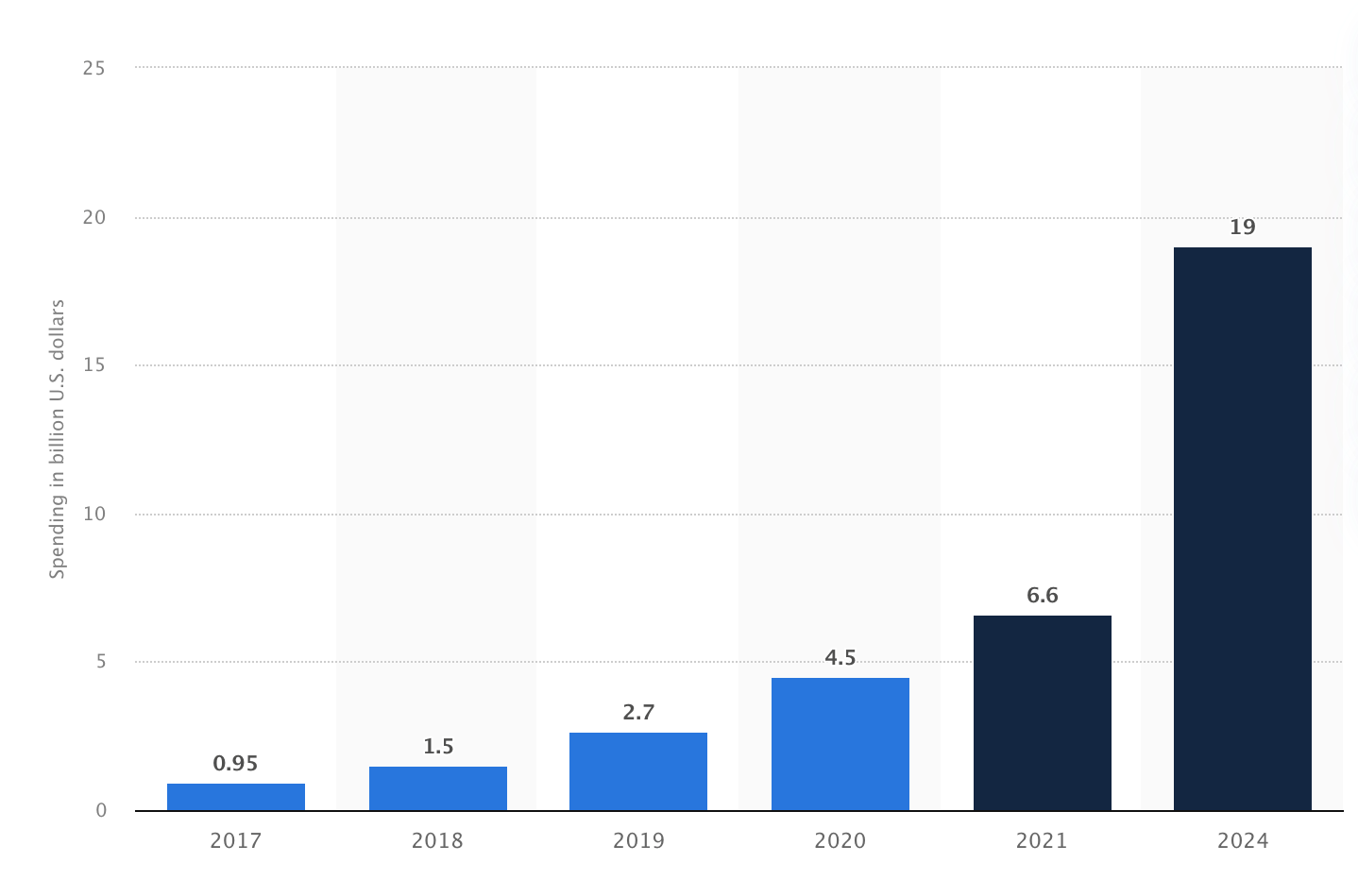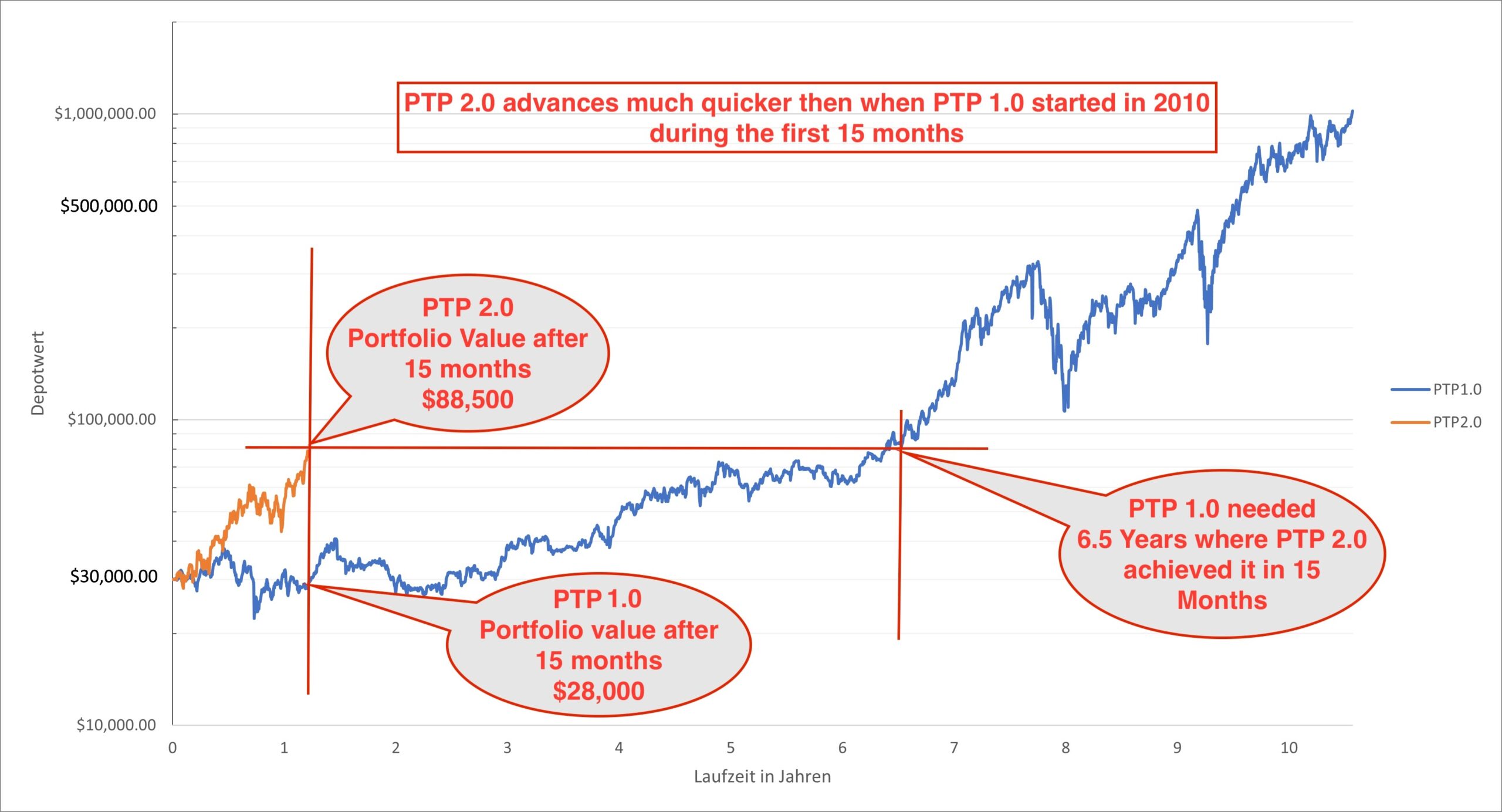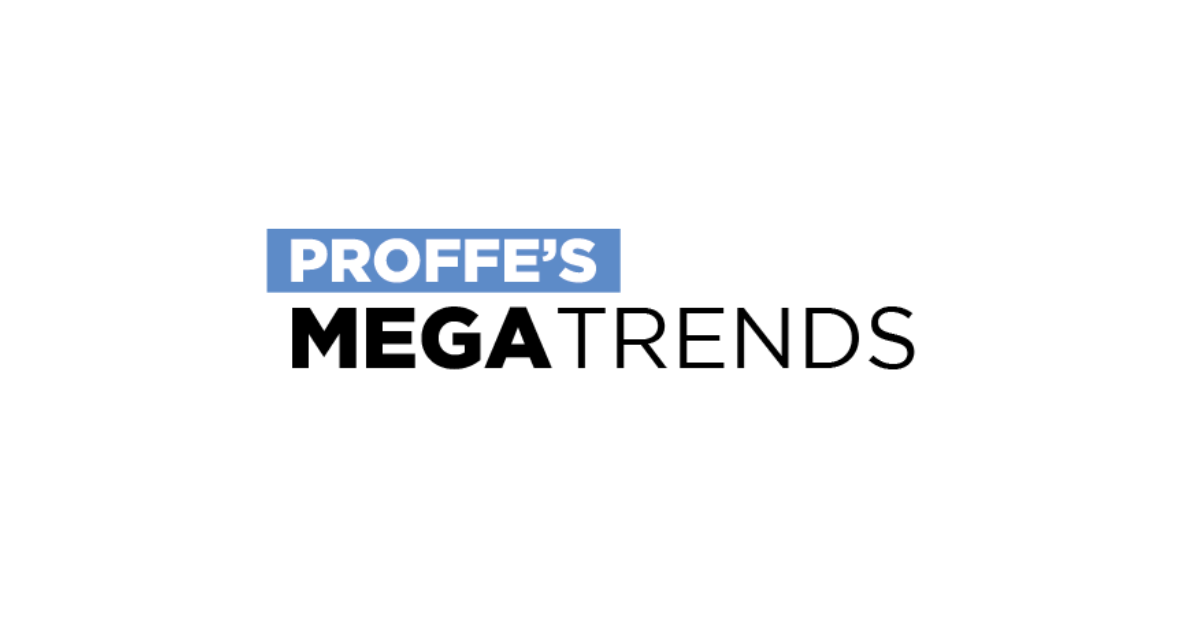What Is Blockchain Tech and Why Is It a Disruptive Technology?
While there’s a company called Blockchain.com, blockchain generally means something else: A technology that allows for the storage or recording of transactions across computers that are linked in a peer-to-peer network.
This sounds rather technical at first, so let’s try to break it down:
- Unlike typical databases, blockchains use a shared database that stores data in blocks that are linked via cryptography.
- The database or blockchain is decentralized – no single entity can control it.
- All kinds of information, but especially transaction information, can be stored in these blockchains.
This technology has emerged with Bitcoin, which has been around for more than a decade, but it didn’t receive any meaningful attention on its own during the first couple of years of its existence.
While blockchain technology has been linked with cryptocurrencies, there are a myriad of other uses for the technology.
In the financial world for example, blockchain technology can be used to better protect contracts and to increase transparency.
In energy and industry, blockchain technology can be used to increase process efficiencies, to increase speed, and to improve transparency, which can result in lower expenses and improved (energy) distribution – which is why energy companies, such as Shell (NYSE:SHEL), use blockchain technology.
Digital identity tech based on blockchain technology increases security for enterprises and users and gives individuals more power when it comes to their own data.
Due to these and other use cases, blockchain investments have grown rapidly over the years, as we can see in the following chart:

The above chart illustrates how worldwide spending on blockchain solutions has evolved over the years – the forecasted number for 2024 is around four times as high as the total from 2020.
How To Benefit from the Blockchain MegaTrend
Investors can put their money in cryptocurrencies, of course, but those are very volatile and some still see them as highly speculative (we’re long-term growth investors and we see much less “exciting” ways to make money in the markets).
Instead, investors can also opt to invest in strong and established companies that leverage Blockchain tech to become more agile and more profitable.
SAP (NASDAQ: SAP) is one of Europe’s largest tech companies. The enterprise software giant has developed what is called SAP Cloud Platform Blockchain, which is integrated with the rest of SAP’s ERP platform.
Businesses that want to utilize Blockchain technologies have one more reason to go with SAP for their ERP software which should be positive for SAP’s future growth. Amazon (NASDAQ: AMZN) has similar offerings in its AWS business unit.
IBM (NASDAQ: IBM) develops blockchain solutions for its clients. High-profile customers include Home Depot (NYSE: HD), Renault, and many more. The growth of the blockchain industry should result in increased business opportunities for developers such as IBM.
Alphabet (NASDAQ: GOOG) has been investing billions of dollars in its blockchain business in recent years. This includes Blockchain Node Engine, a tool that can be used by Web3 developers in utilizing blockchain tech.
PTP 2.0 is surpassing returns achieved by PTP 1.0 within first 15 months!
In the graph below, we conducted a performance comparison between our flagship Trend Portfolio, PTP 1.0, and our PTP 2.0, launched in late November 2022. Remarkably, PTP 2.0 is surpassing the returns achieved by PTP 1.0 within its first 15 months!

What’s driving this remarkable performance? The strategic shift in the 2.0 portfolio towards a heavier emphasis on options positions to capitalize on the current MegaTrends is proving to be a highly successful strategy. And the best part is we are just getting started. Become a subscriber today!

